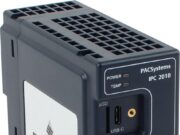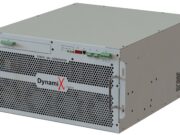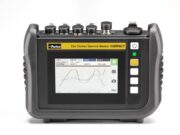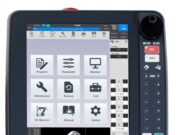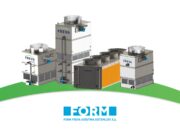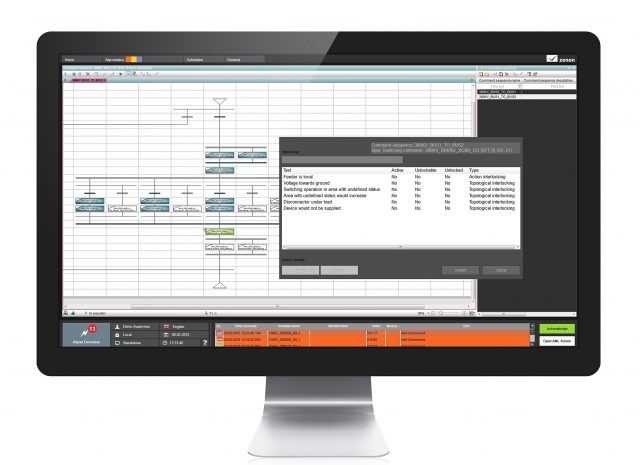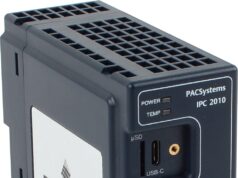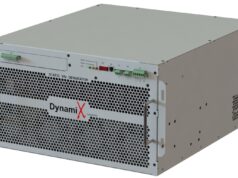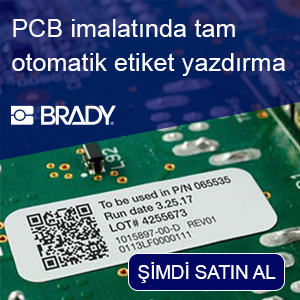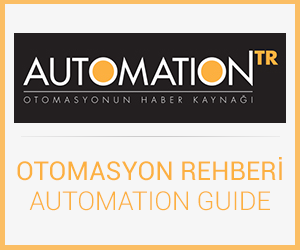COPA-DATA, the internationally active software manufacturer of the zenon software, is presenting its newest solutions for substation automation and substation HMI at the CIGRE Session in Paris, from August 21-26, 2016. Expert Partner, JS automation and COPA-DATA will jointly demonstrate the numerous possibilities of the software system for developing individual and ergonomic solutions within modern Smart Grids.
The CIGRE Session 2016 is again bringing experts from the energy industry together in Paris, with participants coming in from over 90 countries. COPA-DATA has been offering its HMI/SCADA software in this environment for many years and is continually bringing new innovative concepts for improved overview, safety and ergonomics in power plant and substation monitoring. The in-house designed drivers guarantee adherence to international standards such as IEC 61850 Edition 2, IEC 61400-25, IEC 60870 and DNP3. Hereby the strengths of zenon lie not only in the communication at field level via GOOSE, but also in the area of higher-level systems. Practical wizards simplify the IEC 61850-based engineering thanks to automatic import of SCD or SSD files for example. At booth 140 on the first exhibition level COPA-DATA and JS automation experts will introduce new highlights on the subject of “Automated Engineering” and the newest “Command Sequencer” zenon module for configuring complex command sequences even without PLC programming.
Command Sequencer
The Command Sequencer is a new zenon module that can be used to configure, test and execute command sequences. The command sequences for the automation of substations are configured in an editor with excellent usability. The individual commands of a command sequence, also known as steps, are simply lined up together graphically. Testing is possible in a simulated environment and changes can be made directly. PLC programming is not necessary. This ensures accuracy, efficiency and flexibility. Complex command sequences can be configured with the Command Sequencer: Parallel branches for simultaneous use of switching commands, alternative branches for transitions (e.g. testing interlockings) or changing two-stage into one-stage commands in order to avoid unwanted stops. “A highlight is clearly the Teaching function of our Command Sequencer. Here, the system learns the command sequence while the user carries out the individual steps in simulation mode, in the usual single-line diagram. The command sequence editor records the actions and turns them into a sequence of commands. This can be tested and then used immediately”, explains Jürgen Resch, Industry Manager Energy at COPA-DATA.

Automated engineering with zenon
Integration in an existing configuration tool belonging to a manufacturer is carried out quickly by zenon, thanks to the extensive API (Application Programming Interface). As a result, project planning with zenon is simplified as it can adjust itself into the known configuration environment of the HMI engineering. The wizards in the zenon Energy Edition for the IEC 61850-based SSD and SCD import also offer increased automated engineering.
The SCD import (System Configuration Description) reads the SCD file and creates communication configuration using the displayed data model of a substation therein. The report control blocks can be assigned to the various hosts per drag&drop. The variables can be imported due to the linked dataset information. As a result, a complete driver configuration with variable lists is created in no time, establishing direct communication with an SCD template to the devices.
The SSD Import Wizard (System Specification Description) in zenon automatically creates a precise, functioning single-line diagram from an SSD file. The generated graphic including the linked variables can be configured at anytime later in the zenon Editor.
HMI talks GOOSE
GOOSE messages (Generic Object Oriented Substation Events) distribute status information within IEC 61850 environments. All connected devices receive this information and may use it to complete specific tasks (e.g. interlocking). HMI applications running with zenon can listen in corresponding status messages via GOOSE. Using GOOSE supervision, zenon monitors time intervals between sent messages and checks if they are complete. The HMI thereby becomes the monitoring application for GOOSE communication. If necessary, zenon can go a step further. If, for example, a device that communicates via GOOSE were to malfunction, the zenon HMI would step in and manually transmit entered values to the remaining devices. This GOOSE substitution thereby serves to continue all tasks until the faulty device is replaced. Apart from the GOOSE protocol zenon includes a further 300 communication protocols as standard.



